In this article, I discuss skills and strategies you can use to help you deal effectively with feelings of guilt.
In my work as a Calgary psychologist and a Cochrane psychologist, I often work with people seeking help to manage their emotions. Most people are on board with my giving them strategies to help them reduce the intensity of these emotions so that they feel less distress. This occurs with emotions such as sadness, anxiety, anger, frustration, and embarrassment. When clients learn and apply these strategies, they feel better.
These strategies are also effective in helping people alleviate the distress they experience from the emotion of guilt. However, with this emotion there is an often an additional challenge I encounter in working with clients: Unlike with the emotions I listed previously, with guilt many people balk at the notion of using strategies to address it. The unfortunate result is that not using these strategies leads them to suffer needlessly.
In the following sections, I will discuss reasons for many people’s reluctance to use strategies to provide them relief from guilt. I will then provide reasons why it makes sense to use these strategies and how they can be effective in helping people to address this complicated emotion.
Reasons for reluctance to address guilt
Many clients are reluctant to address feelings of guilt they experience because they believe that feeling guilty is the right thing to do in response to their having done something wrong. As a result, they understandably equate addressing guilt with not taking responsibility for the wrong they believe they have done.
The first step in being open to addressing guilt is to realize that doing so does not mean that you don’t take responsibility for what you have done wrong. In that regard, I tell my clients I will help them address their guilt in two steps:
1. By helping them to properly assess what they should take responsibility for; and 2. By helping them take responsibility through specific actions. These two steps—the first involving changes in thinking and the second involving taking action—have a good track record of helping people to reduce the intensity of guilt to a less distressing and more manageable level.
The reason for the first step is that many people experiencing guilt do not accurately assess what they should take responsibility for. In many instances, they blame themselves for negative outcomes which the evidence indicates they are not wholly or partially responsible for. This ‘unnecessary guilt’ makes it harder for them to take responsibility for those negative outcomes which they caused.
How to properly assess what you should take responsibility for
There are two primary ways I help clients properly assess what they should take responsibility for—using thought records and responsibility pies. Thought records allow you to assess the evidence pertaining to a ‘hot thought’ which contributes to your guilt. Hot thoughts are negative beliefs which arise from upsetting situations.
For example, at the end of a relationship someone might have guilt because of a hot thought, ‘I was not a good partner’. The thought record would entail your listing the evidence which supports and does not support this hot thought. When people critically examine hot thoughts like this one, they typically find some non-supporting evidence. This allows the person to change their hot thought to a more accurate balanced thought such as, ‘Although I did some things wrong in the relationship, the evidence indicates that on most occasions I was a good partner’.
Shifting to a balanced thought by properly assessing what you are responsible for helps to bring your guilt intensity down to a less distressing and more manageable level. This then makes it easier for you to take responsibility for those negative outcomes for which the evidence indicates you are responsible. In this example, that would entail the person taking ownership of the mistakes they made during the relationship without the burden of believing incorrectly that they were a bad partner in general.
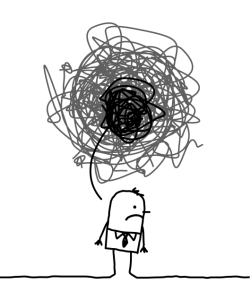
A second way to properly assess what you should take responsibility for is to make a ‘responsibility pie’. This entails drawing a circle to form a pie, then dividing the pie into pieces of various sizes. The size of each piece represents how much responsibility should be allocated to various factors which contributed to the negative outcome you feel responsible for.
Using the example above would entail your making slices of various sizes to indicate the various factors which were responsible for the ending of the relationship with your partner. This might include a slice named ‘my mistakes in the relationship’. Making the pie with other slices would help you to see that there were many factors beyond your mistakes which contributed to the ending of the relationship.
In turn, this would make it easier for you to change your hot thought ‘I caused our relationship to end’ to a balanced thought, ‘Although I made some mistakes in the relationship, there were many other factors which also contributed to the ending of our relationship’. Having this balanced thought would help to lower the intensity of your guilt to a less distressing and more manageable level, This would then make it easier for you to take responsibility for the mistakes which the evidence indicates you made in the relationship.
How to take responsibility for what you have done wrong
Once you have reduced the intensity of your guilt to a more manageable level by properly assessing what you should feel guilty for, you are in a better position to address your guilt further by taking action. This often includes apologizing to the person you have hurt or wronged with your actions if circumstances permit.
If it is not feasible to make such an apology to the person, writing out an apology in the form of a letter that you do not send can still be effective. In this letter, you can fully express how sorry you are for the hurt or harm you caused with your actions.
Following an apology in which you take responsibility for your actions, the next step in addressing guilt through action is to make reparations for the harm you have done if possible. Finally, taking steps to learn from your mistakes so that you are less likely to repeat them is an excellent additional way to address the guilt you experience. Sometimes this involves using your knowledge and experience to advise other people so that they do not make the mistakes which you made.
What if you still have feelings of guilt after taking all these steps?
In many instances, you will still feel some guilt even after you take the steps recommended in this article. There is nothing wrong with this. It’s actually good to feel some guilt over past negative acts which the evidence indicates you were responsible for. The feeling of guilt is a good reminder to stay on track in your efforts to avoid repeating your mistakes.
These strategies will put you in a better position to do this by taking you out of ‘rumination mode’. This entails ‘beating yourself up’ with guilt by blaming yourself for negative outcomes for which the evidence indicates you were not wholly or partially responsible.
It may be helpful for you to work with a psychologist who is skilled in cognitive behavioural therapy (CBT) in your efforts to implement the guilt management strategies in this article.
May you take steps to manage your guilt and other difficult emotions,
Dr. Pat

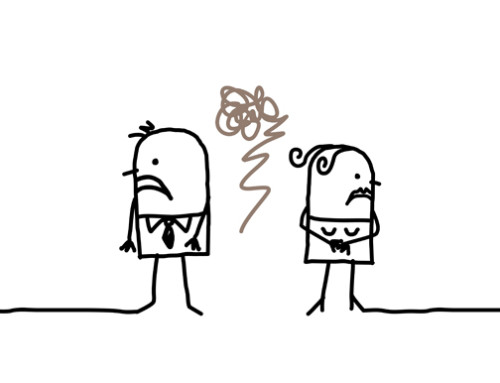
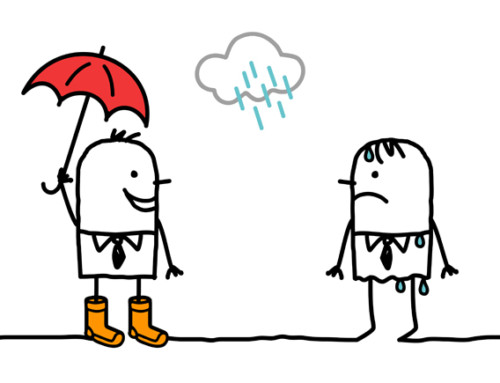
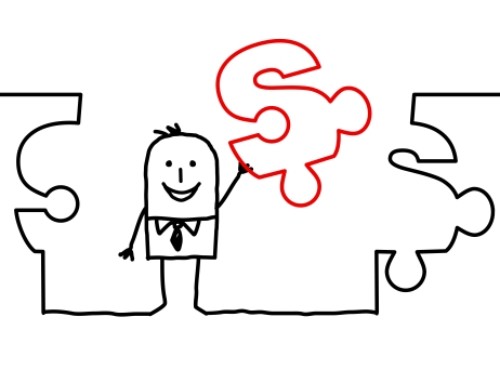
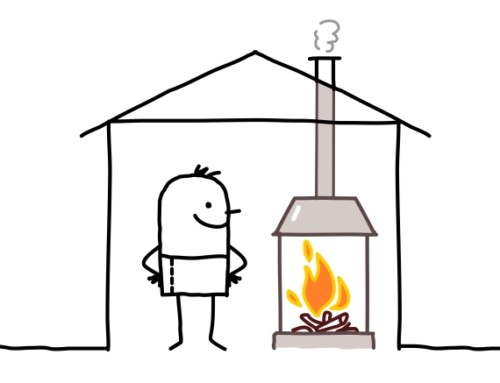
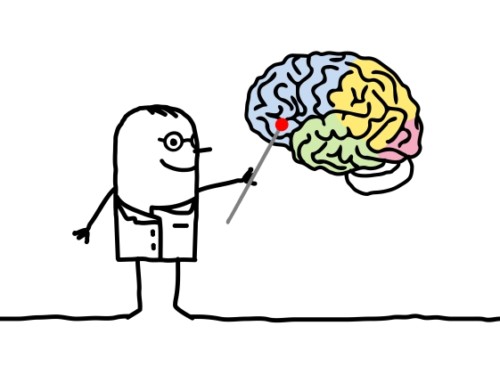
Leave A Comment